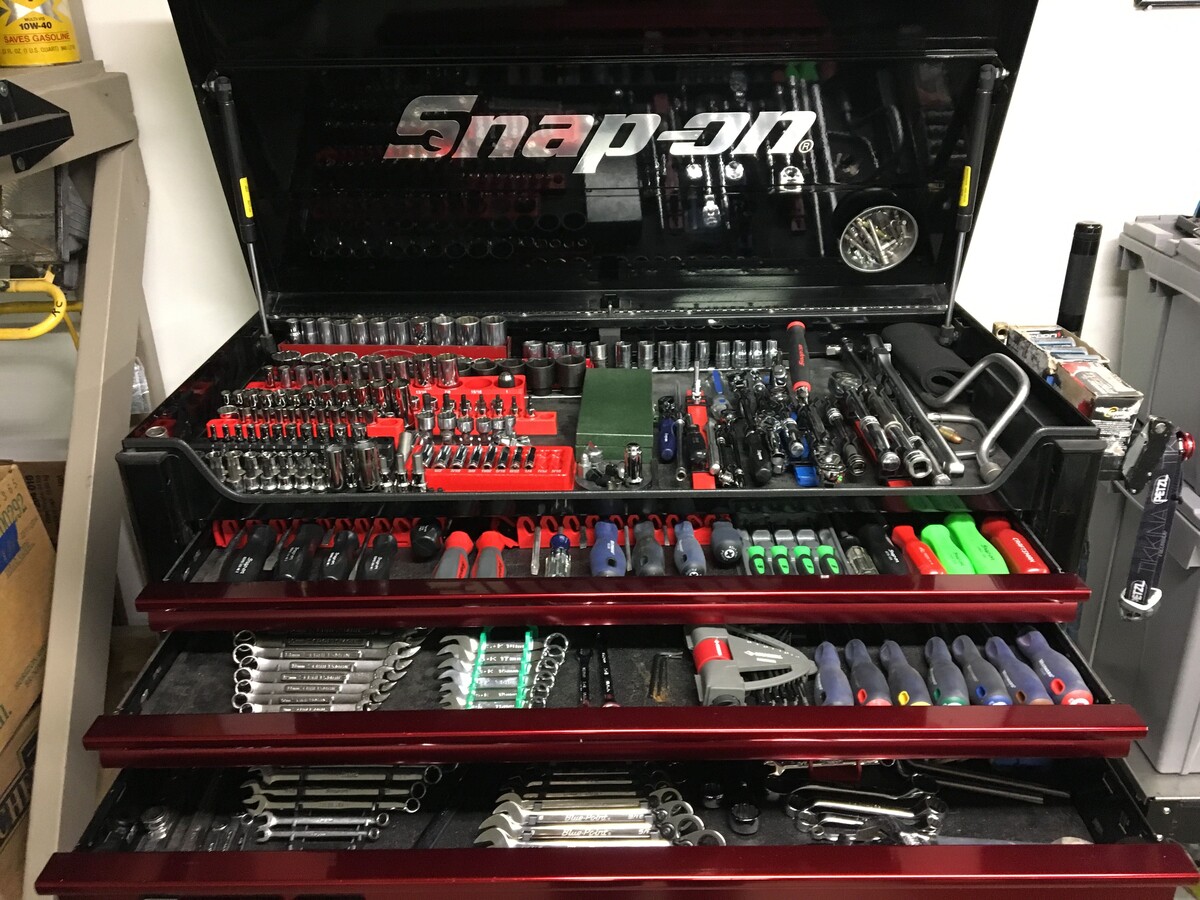

Articles
How To Store Tools
Modified: January 8, 2024
Looking for articles on how to store tools? Discover effective storage solutions and organization tips for your tools.
(Many of the links in this article redirect to a specific reviewed product. Your purchase of these products through affiliate links helps to generate commission for Storables.com, at no extra cost. Learn more)
Introduction
As every handyman knows, having the right tools is essential for any job. Whether you’re a professional contractor or a weekend DIY enthusiast, your tools are your trusted companions in getting the job done. But with a collection that includes a variety of tools such as wrenches, hammers, screwdrivers, and power tools, proper tool storage becomes paramount.
Properly storing your tools not only keeps them organized and easy to find, but it also extends their lifespan. By providing a safe and secure environment, you can prevent damage, rust, and corrosion, ensuring that your tools are always in optimal condition when you need them most.
In this comprehensive guide, we will explore the importance of proper tool storage and discuss various methods and options available to keep your tools organized. From wall-mounted tool racks to tool chests and cabinets, we’ll cover it all. So, let’s dive in and discover the best ways to store your beloved tools!
Key Takeaways:
- Proper tool storage is crucial for maintaining tool longevity, preventing damage, rust, and corrosion, and improving efficiency and safety in any workspace.
- Implementing efficient tool organization, regular maintenance, and cleaning routines ensures extended tool lifespan, enhanced performance, and a safe working environment.
Read more: How To Store Shovels And Rakes
Importance of Proper Tool Storage
Proper tool storage is not just about keeping your workspace clean and organized. It plays a crucial role in maintaining the longevity and functionality of your tools. Here are some key reasons why proper tool storage is important:
- Prevents Damage: Storing your tools in a safe and secure manner helps prevent damage. Tools that are left lying around or stored improperly can get banged up, leading to broken handles, chipped edges, or even bent blades. By providing a designated storage space, you can protect your tools from accidental drops, impacts, and other mishaps.
- Prevents Rust and Corrosion: Exposure to moisture and humidity can cause metal tools to rust and corrode. Storing your tools in a dry and controlled environment, such as a tool chest or cabinet, helps to prevent rust formation and keeps your tools in optimal condition. Some storage options even come with moisture-resistant features, providing an extra layer of protection.
- Improves Efficiency: Proper tool storage enhances efficiency by making it easier to locate and retrieve the tools you need. When your tools are organized and neatly stored, you don’t have to waste time searching for them. This not only saves time but also increases productivity, allowing you to focus on the task at hand.
- Enhances Safety: Storing your tools properly is essential for maintaining a safe working environment. Loose tools left lying around can be hazardous, causing tripping accidents or injuries. By keeping your tools organized and stored in designated places, you minimize the risk of accidents and ensure a safer workspace for everyone.
- Prolongs Tool Lifespan: Quality tools can be a significant investment, and proper storage helps to protect that investment. Storing your tools in a suitable manner, such as using foam inserts or padded compartments, prevents tools from rubbing against each other and causing unnecessary wear and tear. This extends the lifespan of your tools, saving you money in the long run.
With these benefits in mind, it’s clear that proper tool storage is crucial for the longevity, functionality, and efficiency of your tools. Now, let’s explore the different types of tools commonly found in a toolkit and factors to consider before choosing a tool storage method.
Common Types of Tools
Every toolkit is unique, as it is tailored to the specific needs and preferences of the user. However, there are some common types of tools that are found in most tool collections. Let’s take a look at them:
- Hand Tools: Hand tools are versatile and essential for various tasks. This category includes tools such as hammers, screwdrivers, wrenches, pliers, and scissors. Hand tools are typically used for manual operations and are indispensable for most home improvement projects.
- Power Tools: Power tools are designed to make tasks more efficient and less physically demanding. They are electric or battery-operated and include tools such as drills, saws, sanders, and angle grinders. Power tools are commonly used in construction, woodworking, and other heavy-duty applications.
- Measuring and Layout Tools: Measuring and layout tools ensure accuracy and precision in projects. This category includes tools such as measuring tapes, rulers, levels, squares, and marking tools. These tools help to ensure that dimensions, angles, and lines are correctly measured and marked.
- Cutting Tools: Cutting tools are used for various cutting tasks, such as shaping materials and creating clean edges. This category includes tools such as utility knives, scissors, saws, and snips. Cutting tools come in different sizes and designs to accommodate different materials and cutting requirements.
- Garden Tools: Garden tools are specific to outdoor maintenance and landscaping tasks. This category includes tools such as shovels, rakes, pruning shears, hedge trimmers, and lawn mowers. Garden tools are designed to make gardening and yard work easier and more efficient.
- Fastening Tools: Fastening tools are used for joining materials together. This category includes tools such as screwdrivers, drills, nail guns, staple guns, and wrenches. Fastening tools come in various sizes and types to accommodate different fastening needs, from simple household repairs to heavy-duty construction projects.
- Cleaning and Maintenance Tools: Cleaning and maintenance tools are used to keep tools and the workspace tidy and in good condition. This category includes tools such as brushes, lubricants, tool cleaners, and rust removers. These tools help to remove dirt, debris, and rust, ensuring that your tools remain clean and functional.
These are just some of the common types of tools you may find in a toolkit. It’s essential to identify the tools you have and consider their specific storage requirements when choosing a tool storage method. In the next section, we’ll discuss the factors to consider before selecting a tool storage option.
Factors to Consider Before Choosing a Tool Storage Method
When it comes to selecting the right tool storage method, several factors should be taken into consideration. These factors will help you determine the most suitable storage solution for your tools. Here are some key factors to consider:
- Tool Collection Size: The size of your tool collection is an important consideration. If you have a large number of tools, you’ll need a storage option with ample space to accommodate them all. On the other hand, if you have a smaller collection, a more compact storage solution might be sufficient.
- Tool Type and Size: Consider the types of tools you have and their sizes. Some tools, such as power tools, may require specific storage configurations due to their larger size and unique shape. Make sure the storage option you choose can accommodate your tools comfortably.
- Workspace Size and Layout: Evaluate the available space in your workshop or garage. Consider the layout and how the storage solution will fit within the existing setup. Wall-mounted solutions are ideal for maximizing vertical space, while portable toolboxes or cabinets may be suitable for smaller work areas.
- Portability: If you often need to carry your tools to different job sites or locations, consider a storage solution that offers portability. Tool bags or cases with handles and wheels are convenient options for easy transportation.
- Access and Visibility: Think about how easily accessible and visible you want your tools to be. Tool chests or cabinets with drawers provide organized storage and keep tools hidden, while tool pegboards or wall-mounted racks offer quick and easy access to frequently used tools. Choose a storage option that aligns with your preferred level of accessibility.
- Security: Consider the security of your tools. If you want to protect your tools from theft or unauthorized access, opt for storage options with lockable features such as tool chests or cabinets. This will give you peace of mind knowing that your valuable tools are secure.
- Budget: Set a budget for your tool storage solution. There are a wide range of options available, from budget-friendly toolboxes to more expensive custom storage systems. Determine your budget and choose a storage option that offers the best combination of features and affordability.
By considering these factors, you’ll be able to assess your needs and make an informed decision when choosing a tool storage method. In the next section, we’ll explore popular tool storage options in more detail.
Popular Tool Storage Options
When it comes to storing your tools effectively and efficiently, there are several popular options to choose from. Each option offers unique features and benefits, catering to different storage needs and preferences. Let’s take a closer look at some of these popular tool storage options:
- Wall-Mounted Tool Racks: Wall-mounted tool racks are a convenient and space-saving solution for organizing your tools. These racks typically feature hooks, hangers, or clips to hold various tools such as wrenches, pliers, and hammers. They can be easily mounted on the walls of your workshop or garage, providing quick and visible access to your tools.
- Tool Chests and Cabinets: Tool chests and cabinets are versatile storage options that offer ample space for an extensive tool collection. They typically consist of several drawers and compartments to keep tools organized and secure. Tool chests are often portable and feature handles or wheels, allowing for easy transportation. Cabinets, on the other hand, are more stationary and can be wall-mounted or placed on a workbench. They often come with lockable features for added security.
- Tool Bags and Pouches: Tool bags and pouches are ideal for those who need to transport their tools to different locations. These portable storage options typically have multiple pockets and compartments to keep tools organized and easily accessible. Tool bags are often made of durable materials and feature handles or shoulder straps for comfortable carrying.
- Toolboxes: Toolboxes are a classic and versatile storage option. They come in various sizes and designs to accommodate different tool collections. Toolbox options include portable ones with a top handle, larger ones with multiple compartments, and rolling toolboxes with wheels for effortless transportation. Toolboxes offer a secure and organized storage space for a wide range of tools.
- Tool Pegboards: Tool pegboards are a popular choice for organizing and displaying tools. These boards are typically made from durable materials and have evenly spaced holes or slots. Hooks, hangers, or clips can be inserted into the holes, allowing you to hang various tools on the board. Tool pegboards offer easy visibility and quick access to your tools, making them a convenient storage solution for frequently used items.
These are just a few examples of popular tool storage options available in the market. They provide various features and benefits, helping you keep your tools organized and easily accessible. Additionally, you can combine different storage options to create a customized solution that suits your specific needs.
Now that we’ve covered some of the popular tool storage options, let’s move on to some essential tool organization tips to further enhance the efficiency and functionality of your tool storage system in the next section.
Read more: How To Store Garden Hand Tools
Wall-Mounted Tool Racks
Wall-mounted tool racks are a popular choice for organizing and storing tools in a space-efficient manner. These racks offer several benefits and are a great option for those looking to keep their tools easily accessible and visible. Here’s a closer look at wall-mounted tool racks:
Types of Wall-Mounted Tool Racks: Wall-mounted tool racks come in various designs and configurations to accommodate different types of tools. Some common types include:
- Pegboard Racks: Pegboard racks consist of a perforated board with evenly spaced holes. Accessories like hooks, hangers, or clips can be inserted into the holes to hang different hand tools such as wrenches, pliers, and screwdrivers. Pegboard racks offer excellent versatility as you can rearrange the hooks and accessories as per your preference.
- Slatwall Racks: Slatwall racks are similar to pegboard racks, but they feature a series of horizontal channels called slats. Accessories such as hooks, brackets, or baskets can be inserted into these slats to hold various tools. Slatwall racks provide flexibility in positioning the accessories, allowing you to customize the layout based on your tool collection.
- Tool Panels: Tool panels are solid, flat panels with pre-drilled holes or slots for hanging tools. These panels can be made of wood, metal, or plastic. Tool panels are designed to accommodate specific tool sets or tools with specialized hanging systems. They offer a clean and organized look, making it easier to locate and access your tools.
Benefits of Wall-Mounted Tool Racks: Wall-mounted tool racks offer several benefits:
- Space Efficiency: Wall-mounted racks utilize vertical space, making them ideal for small workshops or garages with limited floor space. By hanging your tools on the wall, you free up valuable floor space for other purposes.
- Easy Access and Visibility: Wall-mounted tool racks provide easy access to your tools, allowing you to quickly locate and retrieve the one you need. The visibility of the tools also makes it easier to assess your collection at a glance.
- Organization and Efficiency: By hanging your tools on a wall-mounted rack, you can keep them organized and prevent clutter. A well-organized tool rack ensures that each tool has its designated spot, preventing time-wasting searches and promoting efficiency.
- Customizable Layout: Many wall-mounted tool racks offer customizable layouts, allowing you to arrange the hooks, hangers, or accessories to suit your specific tool collection. This flexibility ensures that you can store tools of various shapes and sizes in a way that works best for you.
- Expandability: Wall-mounted tool racks can be easily expanded by adding more hooks, hangers, or panels as your tool collection grows. This scalability makes them a long-term storage solution that can adapt to your changing needs.
Tips for Using Wall-Mounted Tool Racks:
- Group tools by type or function to enhance organization. For example, keep all screwdrivers in one area, wrenches in another, and pliers in a separate section.
- Label or color-code the hooks or hangers for easy identification of specific tools.
- Utilize the space underneath the tool rack for additional storage by adding shelves or bins.
- Regularly clean and declutter the tool rack to maintain an organized and efficient system.
Wall-mounted tool racks offer a practical and space-saving solution for tool storage. They keep your tools organized, easily accessible, and visible, making your work more efficient. Consider incorporating a wall-mounted tool rack into your workshop or garage to enhance your tool storage system.
Tool Chests and Cabinets
When it comes to storing and organizing a large collection of tools, tool chests and cabinets are considered the go-to option for many enthusiasts and professionals. These storage solutions provide sturdy and secure compartments for various tools, offering several advantages. Let’s delve into the details of tool chests and cabinets:
Types of Tool Chests and Cabinets: Tool chests and cabinets come in different sizes, styles, and materials to suit different needs and preferences. Some common types include:
- Portable Tool Chests: Portable tool chests are compact and designed for easy transportation. They typically feature multiple drawers of varying sizes, allowing you to organize your tools by type or size. These chests often come with a top handle or wheels for convenient mobility. Portable tool chests are ideal for those who frequently work in different locations or need to transport their tools.
- Rolling Tool Cabinets: Rolling tool cabinets are larger storage units that are equipped with wheels for mobility. They have several drawers, shelves, or compartments, providing ample space to store a wide range of tools. Rolling cabinets are highly versatile and can accommodate both small hand tools and larger power tools. They are a popular choice for larger workshops or professional settings.
- Wall-Mounted Tool Cabinets: Wall-mounted tool cabinets are fixed to the wall, offering a space-saving storage solution. These cabinets feature doors that can be opened to reveal shelves or compartments to store tools. Wall-mounted cabinets are a great option if you prefer to keep your tools hidden or if you have limited floor space.
Benefits of Tool Chests and Cabinets: Tool chests and cabinets offer several benefits:
- Ample Storage Space: Tool chests and cabinets provide substantial storage space, allowing you to organize and store a large number of tools. The multiple drawers, shelves, and compartments offer dedicated areas for different tool types, making it easy to find and retrieve tools when needed.
- Organization and Accessibility: With tool chests and cabinets, you can keep your tools organized and easily accessible. You can assign specific drawers or compartments for specific tools, creating a systematic storage system. This promotes efficiency and saves time by eliminating the need to search through cluttered spaces.
- Security and Protection: Tool chests and cabinets often come with lockable features, providing enhanced security for your valuable tools. This helps to prevent theft and unauthorized access to your tools. Additionally, the solid construction of chests and cabinets protects your tools from dust, moisture, and other environmental factors.
- Durability and Longevity: Tool chests and cabinets are built to withstand the demands of storing heavy tools and withstand daily use. They are typically made of durable materials such as steel or heavy-duty plastic, ensuring their longevity and reliability. Investing in a quality tool chest or cabinet can be a long-term solution for your tool storage needs.
- Flexibility and Customization: Many tool chests and cabinets come with adjustable shelves or compartments, allowing you to customize the interior to accommodate tools of various sizes. This adaptability ensures that you can optimize the space based on your specific tool collection.
Tips for Using Tool Chests and Cabinets:
- Organize your tools by type or function, and label the drawers or compartments for easy identification.
- Utilize dividers, foam inserts, or tool organizers to keep tools in place and prevent them from shifting or banging against each other.
- Regularly clean and maintain your tool chest or cabinet to ensure optimal functionality and prevent dust accumulation.
- Consider adding accessories such as side tool racks or magnetic bars on the exterior of the tool cabinet to store frequently used tools for quick access.
Tool chests and cabinets provide a reliable and efficient solution for storing and organizing a large collection of tools. With their ample storage space, security features, and customizable options, they are a preferred choice for many tool enthusiasts and professionals. Consider investing in a tool chest or cabinet to streamline your tool storage and enhance your workspace organization.
Store tools in a dry, well-ventilated area to prevent rust and corrosion. Use a pegboard or tool chest to keep them organized and easily accessible.
Tool Bags and Pouches
Tool bags and pouches are portable storage solutions that offer convenience and mobility for those who need to carry their tools to different locations. These versatile options provide several advantages and are a popular choice among professionals and DIY enthusiasts. Let’s explore the details of tool bags and pouches:
Types of Tool Bags and Pouches: Tool bags and pouches come in various styles and designs to cater to different needs:
- Open-Top Tool Bags: Open-top tool bags are spacious bags with an open main compartment. They offer ample space to carry a wide range of tools and often have multiple pockets and dividers for added organization. Open-top bags are versatile and can accommodate tools of different sizes and shapes.
- Tote-Style Tool Bags: Tote-style tool bags are designed with a rigid frame and a wide opening at the top. They typically have several exterior pockets and compartments to keep tools easily accessible. Tote-style bags offer both spacious storage for larger tools and convenient external storage options for frequently used items.
- Tool Pouches: Tool pouches are smaller storage options that are worn on a belt or attached to a waistband. They consist of multiple pockets and holders, allowing you to carry a select number of essential hand tools. Tool pouches provide convenient access to frequently used tools while keeping your hands free for work.
- Rolling Tool Bags: Rolling tool bags are designed with wheels and a retractable handle to facilitate easy transportation of tools. They offer a combination of storage and portability, providing an efficient solution when you have a significant tool collection that needs to be transported.
Benefits of Tool Bags and Pouches: Tool bags and pouches offer several advantages:
- Portability and Mobility: Tool bags and pouches are specifically designed for portability, allowing you to carry your tools from one job site to another with ease. They often feature handles, shoulder straps, or even wheels for convenient transportation.
- Organization and Accessibility: These storage options provide multiple pockets, compartments, and holders to help you keep your tools organized and easily accessible. You can assign specific tools to designated pockets or sections, preventing unnecessary digging or rummaging for the right tool.
- Compact and Space-Saving: Tool bags and pouches are compact in size, making them ideal for situations where space is limited. They can be easily stored in tight spaces like car trunks, under workbenches, or on shelves, without taking up much room.
- Protection and Durability: Tool bags and pouches are designed to protect your tools from external elements and potential damage during transportation. They are often constructed from durable materials like nylon or canvas, ensuring their longevity and resistance to wear and tear.
- Cost-Effective Solution: Tool bags and pouches are generally more affordable compared to larger storage options like tool chests or cabinets. They provide a cost-effective solution for organizing and carrying your essential tools.
Tips for Using Tool Bags and Pouches:
- Group tools by type, function, or project and assign them to specific pockets or compartments for easy identification and access.
- Consider using tool organizers or inserts to keep the bag or pouch structure and prevent tools from shifting or getting damaged.
- Regularly clean and inspect your tool bag or pouch to ensure it remains in good condition and free from debris.
- Choose a tool bag or pouch with reinforced handles or straps to handle the weight of your tools and ensure comfortable carrying.
Tool bags and pouches offer a portable and organized solution for carrying and accessing your tools on the go. Whether you’re a contractor, electrician, or DIY enthusiast, these storage options provide the convenience and functionality you need. Consider investing in a high-quality tool bag or pouch to keep your tools organized and accessible wherever your work takes you.
Toolboxes
Toolboxes are a classic and versatile storage option that provides a secure and organized space for your tools. Whether you’re a professional tradesperson or a DIY enthusiast, toolboxes offer several advantages and are a popular choice for tool storage. Let’s explore the details of toolboxes:
Types of Toolboxes: Toolboxes come in various sizes, designs, and materials to accommodate different needs:
- Portable Toolboxes: Portable toolboxes are compact and designed for mobility. They typically feature a hinged top lid or multiple compartments with individual doors, trays, or dividers to organize tools. Portable toolboxes often come with a top handle for comfortable carrying and are ideal for those who need to transport their tools to different locations.
- Stationary Toolboxes: Stationary toolboxes are larger and more stationary storage options. They are often made of sturdy materials such as metal or heavy-duty plastic and feature multiple drawers or compartments. Stationary toolboxes can be placed on a workbench or permanently installed in a workshop or garage, providing a secure and organized space to store a wide variety of tools.
- Rolling Toolboxes: Rolling toolboxes are equipped with wheels and a retractable handle, making them easily portable even when filled with heavy tools. These toolboxes provide the convenience of mobility, allowing you to transport your tools effortlessly across job sites or around your workshop.
Benefits of Toolboxes: Toolboxes offer several advantages:
- Organization and Accessibility: Toolboxes provide organized compartments and multiple storage options, making it easier to keep your tools neatly arranged and easily accessible. You can separate tools by type, size, or project, allowing for efficient tool selection and minimizing time spent searching for specific items.
- Portability and Mobility: Portable and rolling toolboxes are designed for easy transportation, allowing you to carry your tools wherever you go. This makes them ideal for contractors, handymen, or anyone who needs to work on different job sites or locations.
- Protection and Security: Toolboxes provide a secure and protective environment for your tools. The durable construction and latch mechanisms of toolboxes help prevent damage from external elements and discourage unauthorized access.
- Durability and Longevity: Toolboxes are typically made of sturdy materials like metal, heavy-duty plastic, or reinforced fabric that can withstand the demands of daily use and transportation. Investing in a high-quality toolbox ensures its longevity, making it a reliable storage solution for years to come.
- Customization Options: Many toolboxes offer customizable options such as removable trays or dividers, allowing you to configure the interior space to fit your specific tool collection. This adaptability ensures that you can optimize the storage for different-sized tools and accommodate your changing needs.
Tips for Using Toolboxes:
- Use foam inserts or organizers to keep tools in place within the toolbox, preventing them from shifting or getting damaged during transportation.
- Label or color-code compartments or trays to easily identify tools and improve organization.
- Consider adding additional accessories such as magnetic strips or pouches to the interior lid of the toolbox for extra storage of small or frequently used items.
- Regularly clean and inspect your toolbox to remove any dirt, debris, or moisture, ensuring the tools remain in optimal condition.
Toolboxes remain a popular choice for many professionals and DIY enthusiasts due to their versatility, mobility, and reliability. Whether you need a portable option for on-the-go projects or a stationary solution for your workshop, there is a toolbox that can meet your storage needs. Invest in a high-quality toolbox to keep your tools secure, organized, and always ready for the next task.
Read more: How Do You Store Hand Tools
Tool Pegboards
Tool pegboards are a practical and efficient storage solution that provides easy accessibility and quick visual identification of your tools. Whether you have a small tool collection or a whole workshop of equipment, pegboards offer several advantages and are a popular choice for tool organization. Let’s delve into the details of tool pegboards:
Functionality of Tool Pegboards:
Tool pegboards consist of a flat board made of wood, metal, or plastic with evenly spaced holes or slots. The board is mounted on a wall, and various hooks, hangers, or clips can be inserted into the holes to hang tools. This system allows for easy arrangement and customization of tool storage to suit your specific needs and preferences.
Benefits of Tool Pegboards:
- Efficient Use of Space: Tool pegboards maximize vertical wall space in your workshop or garage, keeping your tools visible and easily accessible. By utilizing wall space, you free up valuable floor and counter space for other purposes.
- Easy Visual Identification: With tools hanging on a pegboard, you can quickly and easily identify the tool you need at a glance. This visual identification eliminates the time-consuming search for tools in drawers or toolboxes, enhancing productivity and efficiency.
- Customization and Flexibility: Pegboards offer flexibility in arranging hooks and hangers according to the size and shape of your tools. You can easily rearrange the hooks to accommodate different tools and optimize space utilization. This customization allows you to tailor the pegboard to your specific tool collection.
- Accessibility and Organization: Tools hanging on pegboards are within arm’s reach, providing convenient access without the need to rummage through drawers or boxes. By assigning specific sections or hooks for different tool types, you can keep your tools neatly organized and prevent clutter.
- Expandability: Pegboards are scalable storage solutions that can grow with your tool collection. As your collection expands, simply add more pegboard panels to accommodate additional tools. This expandability ensures that your storage system remains efficient and adaptable over time.
Tips for Using Tool Pegboards:
- Group tools by function or type to enhance organization. For example, keep all screwdrivers in one area, wrenches in another, and pliers in a separate section.
- Use labels or color-coded tags to identify each tool and its designated spot on the pegboard.
- Consider adding additional storage accessories such as shelves, bins, or magnetic strips to the pegboard for extra storage and organization of smaller items or accessories.
- Regularly clean and declutter the pegboard to maintain an organized and efficient system.
Tool pegboards offer a simple yet effective way to store and organize your tools. With their efficient use of wall space, easy visual identification, and flexibility in customization, they are a popular choice for both professionals and DIY enthusiasts. Consider incorporating a pegboard into your workshop or garage to create a functional and visually appealing tool storage system.
Tool Organization Tips
Keeping your tools organized not only makes your work easier but also prolongs their lifespan by protecting them from damage. Here are some useful tool organization tips to help you maintain a well-organized and efficient workspace:
- Categorize Your Tools: Start by categorizing your tools based on their type or function. Group similar tools together, such as wrenches, screwdrivers, or power tools. This categorization allows for easier identification and selection when you need a specific tool.
- Designate Specific Storage Areas: Assign specific storage areas for each category of tools. For example, use a pegboard or wall-mounted rack for frequently used hand tools, a tool chest or cabinet for power tools, and drawers or bins for smaller accessories. This ensures that each tool has its own designated spot, making it easier to find and return them after use.
- Utilize Tool Inserts or Organizers: Use foam inserts, plastic trays, or tool organizers within storage compartments to keep tools in place and prevent them from moving around or getting damaged. These inserts provide a customized fit for your tools, reducing the chance of scratches or dents in transit.
- Label or Color-code: Label drawers, containers, or shelves with the name or image of the tool that belongs there. This makes it easier to locate specific tools quickly. Consider using color-coded tags or stickers to identify different tool categories at a glance, further enhancing organization and efficiency.
- Create a Shadow Board: If you have a fixed workspace, consider creating a shadow board. This involves outlining the shape of each tool on a board or pegboard and hanging the tools accordingly. The outline acts as a visual guide, making it easy to see if a tool is missing and encouraging proper tool placement after use.
- Implement a Check-in and Check-out System: If you share your workspace with others, establish a check-in and check-out system for borrowed tools. This helps ensure that everyone returns tools to their designated spots, reducing the chances of tools getting misplaced or lost.
- Clean and Maintain Regularly: Regularly clean and maintain your tools to keep them working efficiently and prevent rust or corrosion. Clean tools before putting them back in their storage areas, removing any dirt or debris that could cause damage over time.
- Keep Safety in Mind: Incorporate safety measures in your tool organization system. Store sharp or dangerous tools securely, keeping them out of reach of children or unauthorized individuals. Consider using lockable tool cabinets or drawers for added security.
- Regularly Assess and Streamline: Periodically reassess your tool collection and storage system. Determine whether you have any duplicate or unused tools that could be donated or discarded. This decluttering process allows you to streamline your tool inventory and create a more efficient workspace.
By implementing these tool organization tips, you can create a well-structured and efficient workspace. Organized tools not only save you time and frustration but also contribute to a safer and more productive environment. Take the time to set up an effective tool organization system, and you’ll enjoy the benefits of easy access, increased productivity, and the longevity of your tools.
Maintaining and Cleaning Tools
Maintaining and cleaning your tools is crucial for their longevity, performance, and overall functionality. Proper maintenance not only extends the life of your tools but also ensures that they are safe to use. Here are some valuable tips for maintaining and cleaning your tools:
- Regular Inspection: Frequently inspect your tools for any signs of wear, damage, or loose parts. Look for cracked handles, rust, or dull blades. Identifying these issues early allows you to take necessary actions to repair or replace the affected tools.
- Oiling and Lubrication: Keep moving parts of your tools well-lubricated to prevent rust and ensure smooth operation. Add a few drops of oil to hinges, joints, and other moving components. Wipe off any excess oil to avoid attracting dirt or debris.
- Cleaning After Use: Clean your tools after each use to remove dirt, dust, and other debris. Use a damp cloth or brush to wipe down the surfaces and remove any build-up. For tools with stubborn dirt or grease, use a mild detergent or specialized tool cleaner. Dry the tools thoroughly to prevent moisture-related damage.
- Rust Prevention and Removal: Rust can severely damage your tools if left unchecked. To prevent rust formation, store your tools in a dry environment with minimal exposure to moisture. If you notice signs of rust, use a rust remover or vinegar solution and gently scrub the affected areas with a brush or abrasive pad. After removing the rust, oil the tool to provide a protective layer.
- Sharpening Blades: Tools with cutting edges, such as knives, saw blades, or chisels, require regular sharpening to maintain their effectiveness. Use sharpening tools like sharpening stones, files, or grinding wheels to restore a sharp edge to the blades. Follow the manufacturer’s guidelines or seek professional assistance if you’re unsure about the sharpening process.
- Electrical Tool Safety: For power tools, always ensure they are unplugged before performing any maintenance or cleaning tasks. Inspect power cords for any signs of damage and replace them as needed. Keep the motor vents clear of dust and debris to prevent overheating. If you’re not familiar with electrical repairs, consult a professional.
- Proper Storage: Store your tools in designated areas or containers that protect them from harsh environments. Use toolboxes, cabinets, or foam inserts to keep them organized and prevent them from knocking against each other. Avoid leaving tools exposed to extreme temperatures or moisture, as they can accelerate deterioration.
- Adhere to Manufacturer’s Guidelines: Read and follow the manufacturer’s instructions and guidelines for the maintenance and care of your tools. They often provide specific recommendations tailored to each tool type, ensuring that you take the necessary steps to keep your tools in optimal condition.
- Professional Servicing: Some tools may require professional servicing or maintenance. For complex power tools or specialized equipment, it is advisable to consult the manufacturer’s authorized service centers or qualified technicians for regular inspections, repairs, or preventative maintenance.
By consistently maintaining and cleaning your tools, you’ll not only extend their lifespan but also ensure they are safe and perform at their best. A small investment of time and effort in tool maintenance can save you money by avoiding premature replacements and enhancing the efficiency of your tools. Treat your tools with care, and they will continue to serve you well for years to come.
Conclusion
Proper tool storage is essential for any handyman, contractor, or DIY enthusiast who wants to keep their workspace organized and their tools in optimal condition. By investing in the right tool storage methods and following proper maintenance practices, you can enhance efficiency, safety, and the overall lifespan of your tools.
Throughout this comprehensive guide, we explored various tool storage options, including wall-mounted tool racks, tool chests and cabinets, tool bags and pouches, toolboxes, and tool pegboards. Each of these options offers unique features and benefits, catering to different tool collections and storage needs.
We also discussed the importance of proper tool storage, emphasizing the prevention of damage, rust, and corrosion, as well as the improvement of efficiency and safety. By considering factors such as tool collection size, type, workspace layout, and portability, you can make informed decisions when choosing a tool storage method that suits your specific requirements.
Additionally, we provided tips on tool organization, outlining how to categorize tools, designate storage areas, utilize tool inserts or organizers, label or color-code tools, and maintain a regular cleaning and inspection routine. These tips help optimize tool accessibility, enhance organization, and improve overall workflow efficiency.
We also highlighted the significance of maintaining and cleaning tools, stressing regular inspection, oiling and lubrication, post-use cleaning, rust prevention and removal, blade sharpening, electrical tool safety, proper storage, adherence to manufacturer’s guidelines, and professional servicing when necessary. Following these practices extends the lifespan of your tools, enhances their performance, and promotes a safe working environment.
In conclusion, proper tool storage, maintenance, and cleaning are essential aspects of any successful toolbox. By implementing the techniques discussed in this guide, you can ensure that your tools are organized, protected, and in top working condition. So, take the time to invest in appropriate tool storage options, incorporate efficient organization practices, and practice regular maintenance and cleaning routines. Your tools will thank you with extended usability, improved efficiency, and a longer lifespan.
Frequently Asked Questions about How To Store Tools
Was this page helpful?
At Storables.com, we guarantee accurate and reliable information. Our content, validated by Expert Board Contributors, is crafted following stringent Editorial Policies. We're committed to providing you with well-researched, expert-backed insights for all your informational needs.
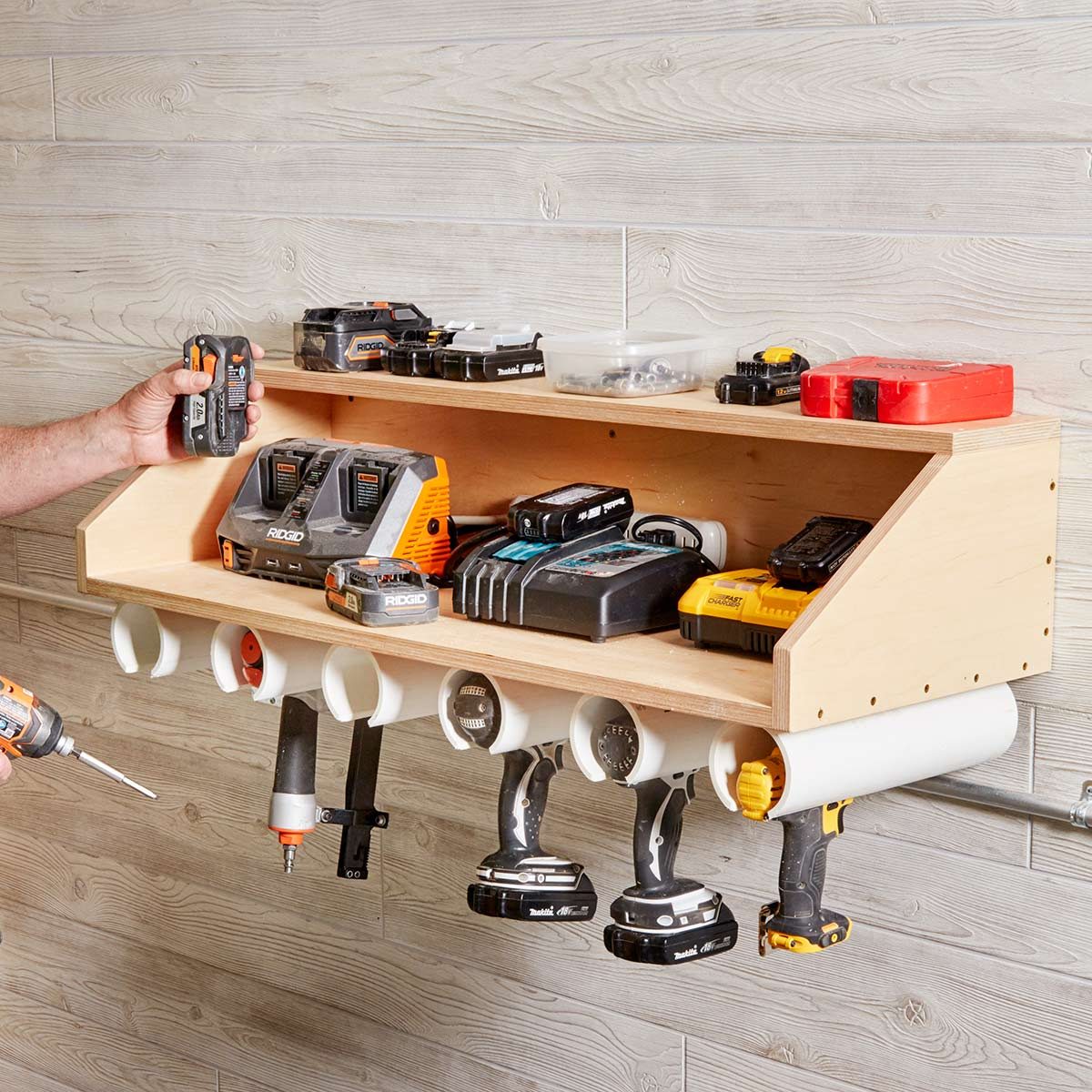
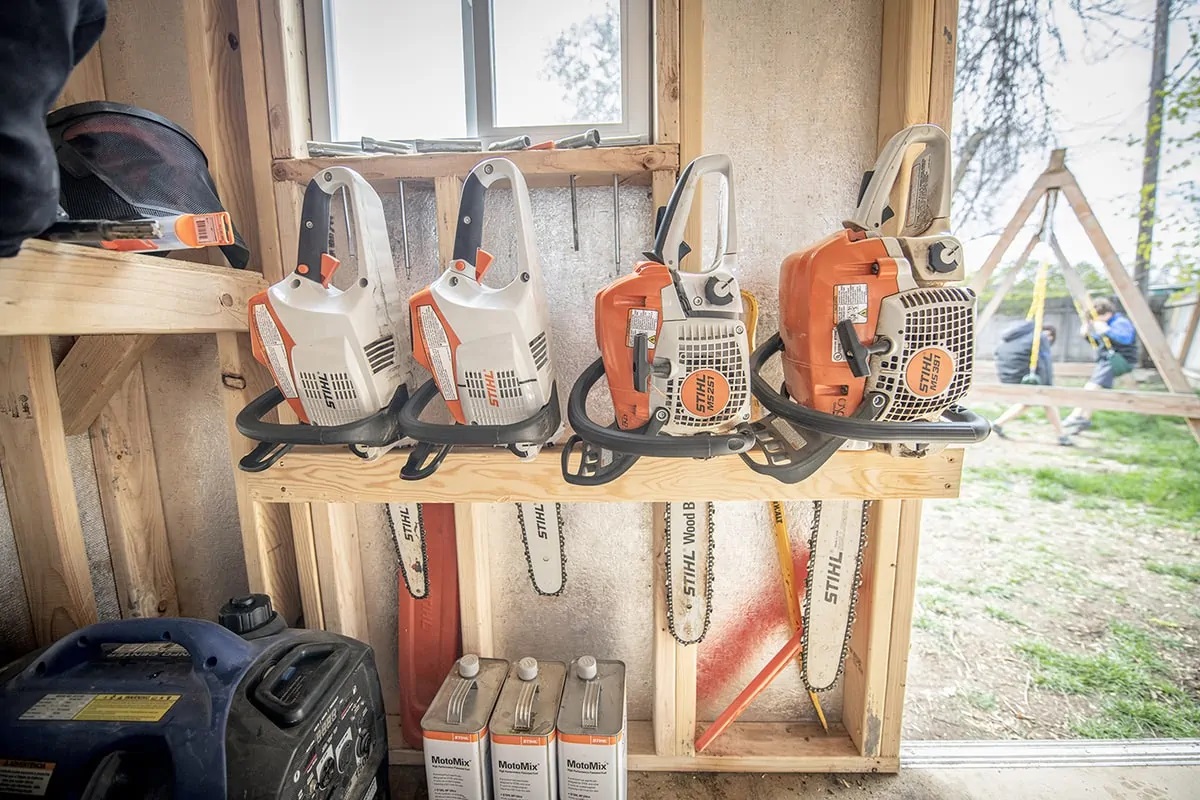

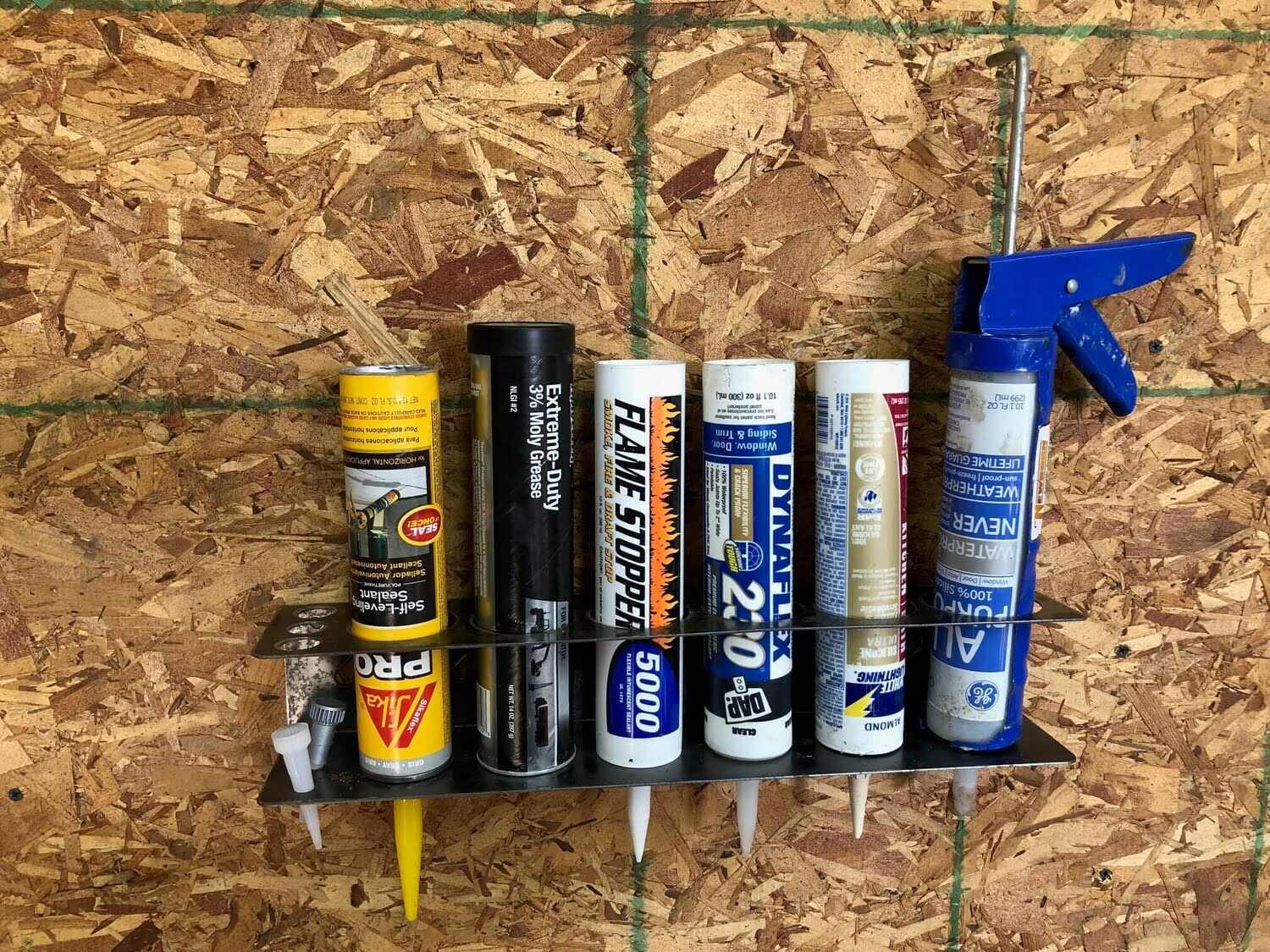
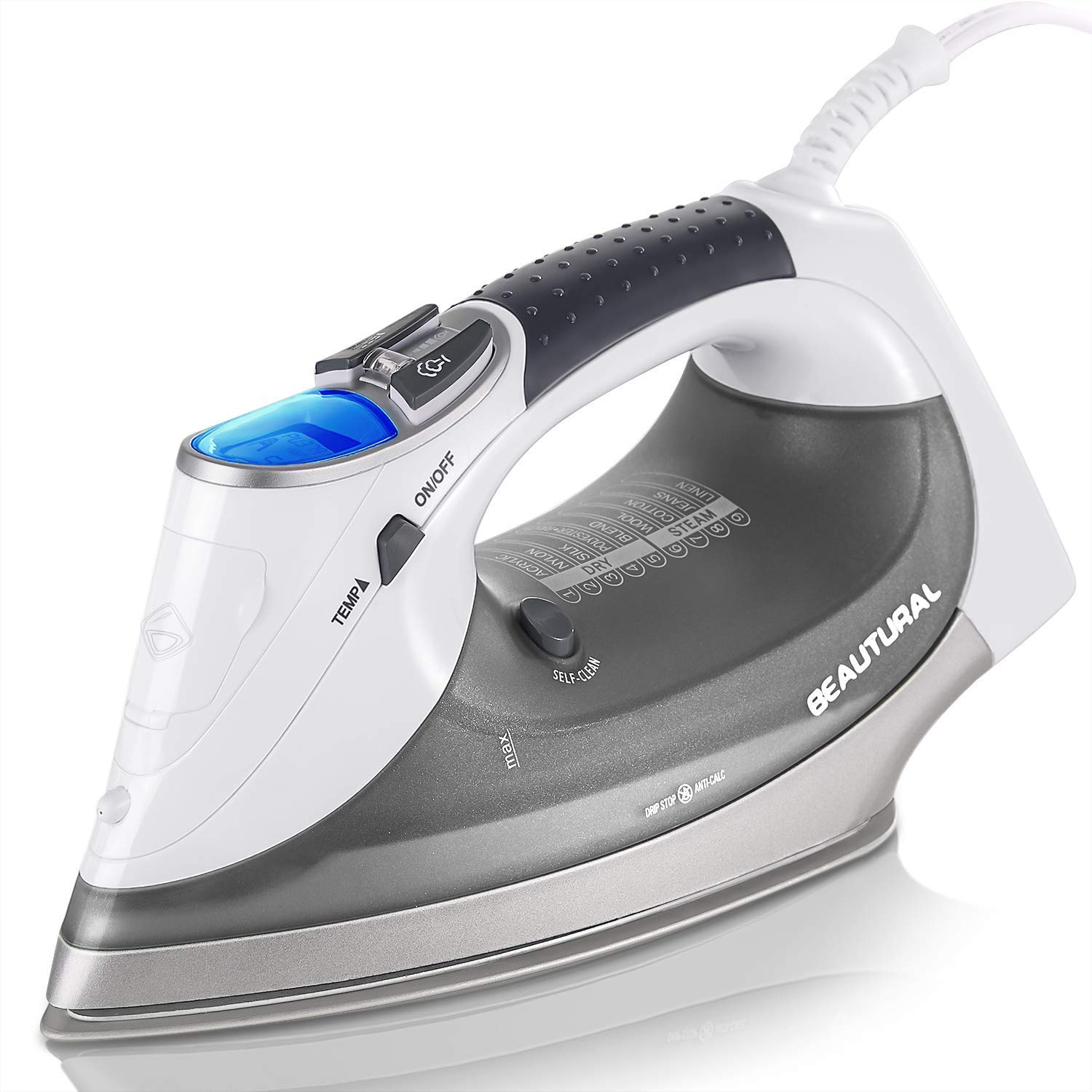
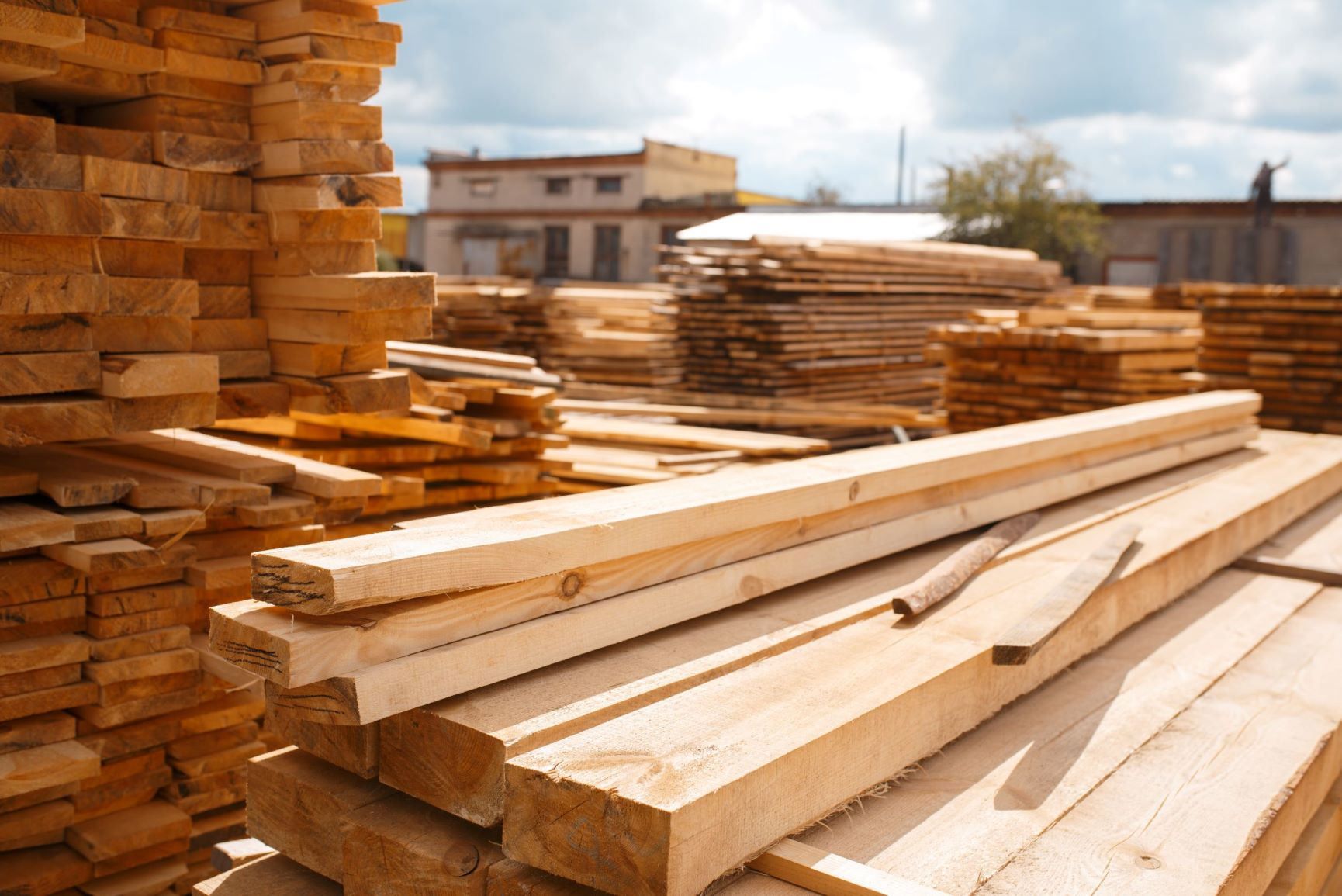
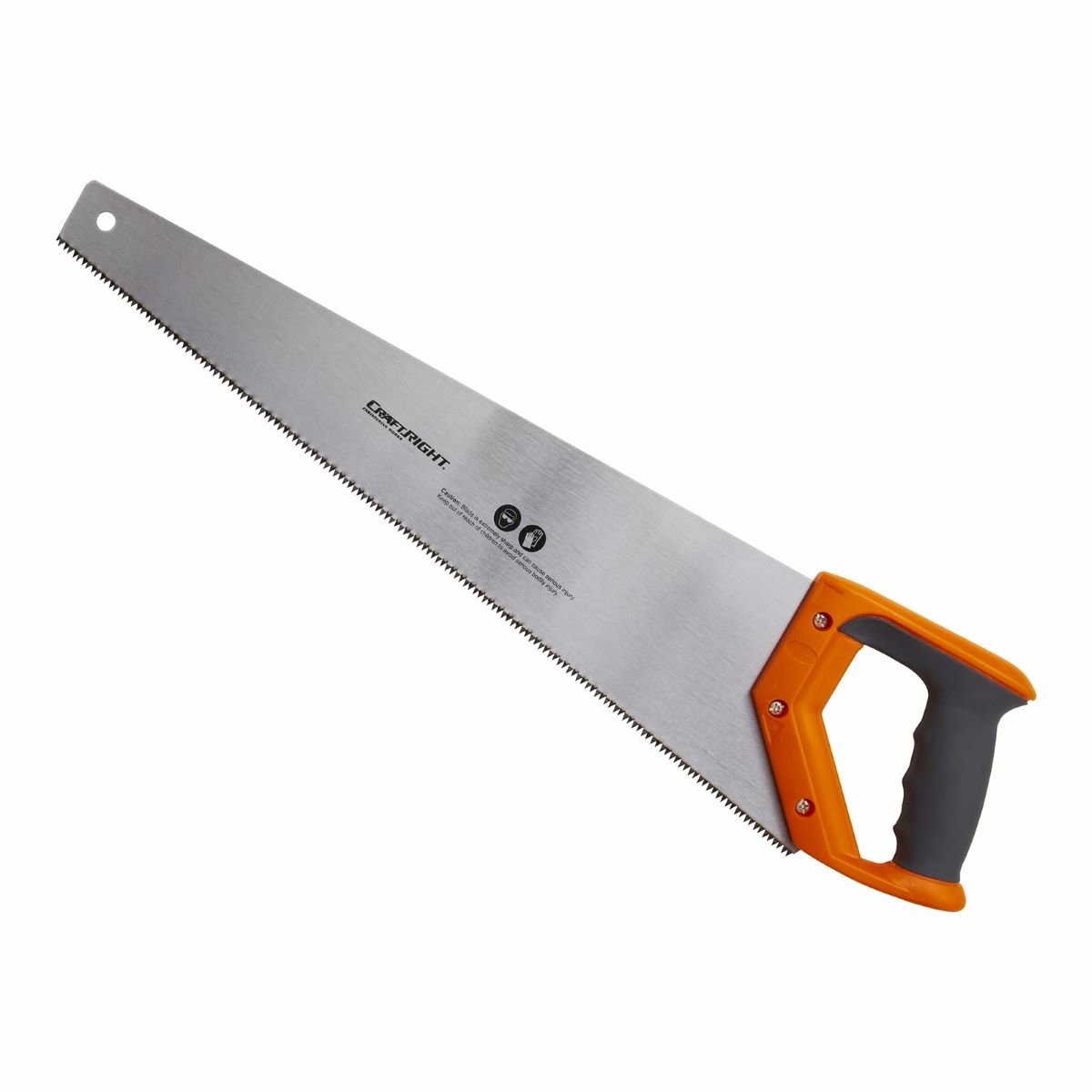
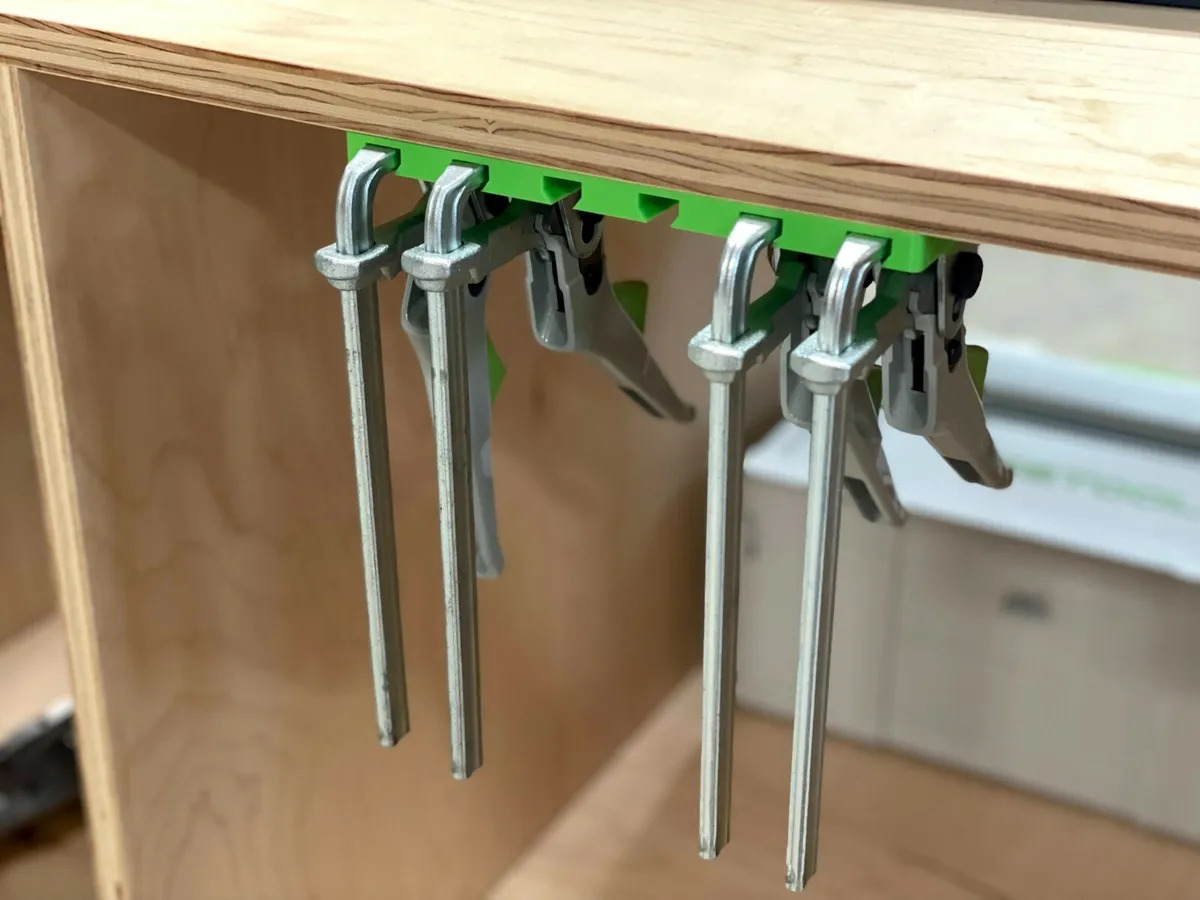
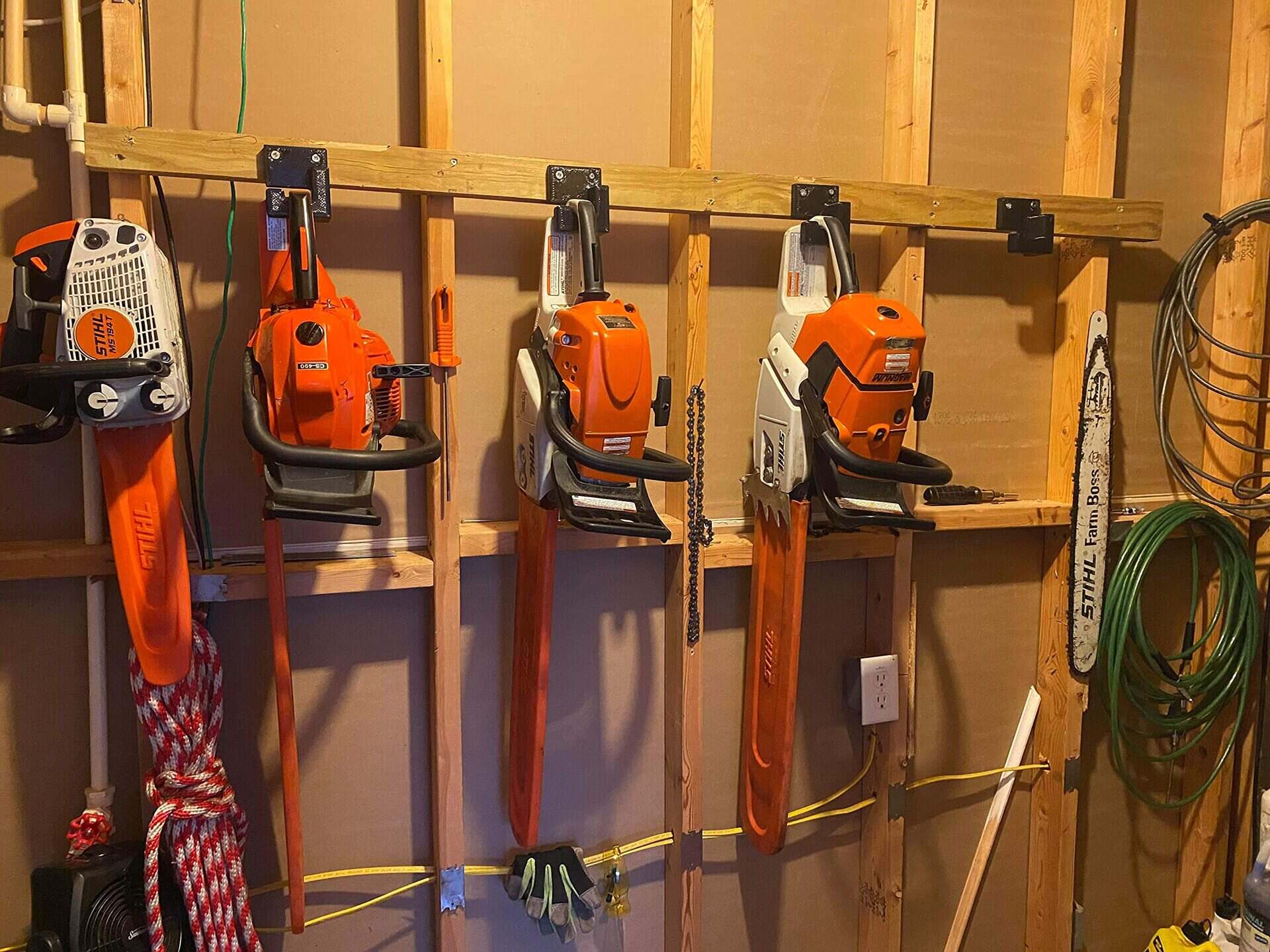
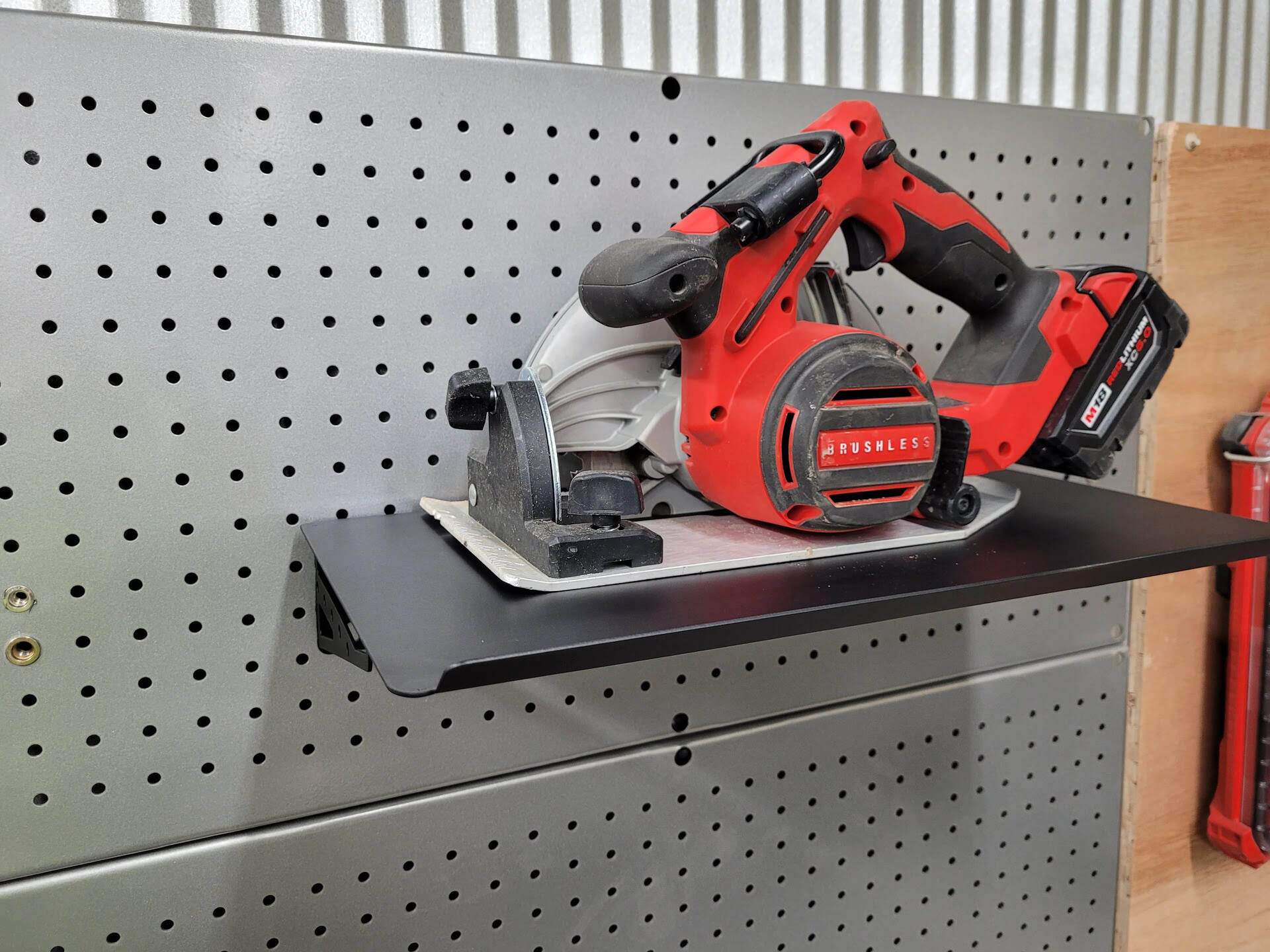


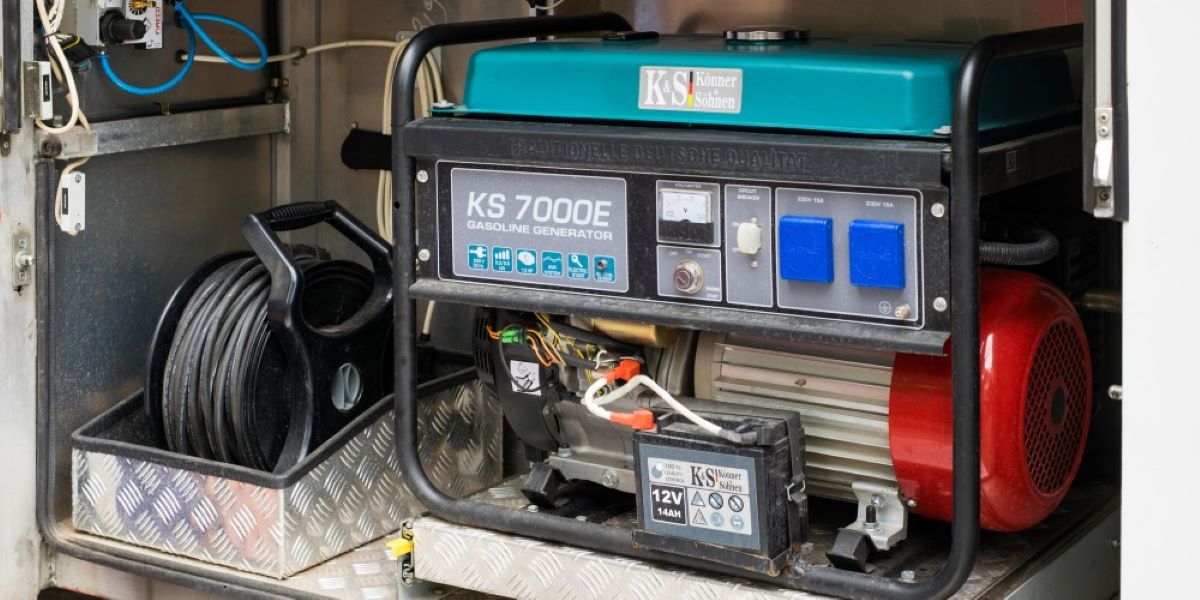

0 thoughts on “How To Store Tools”